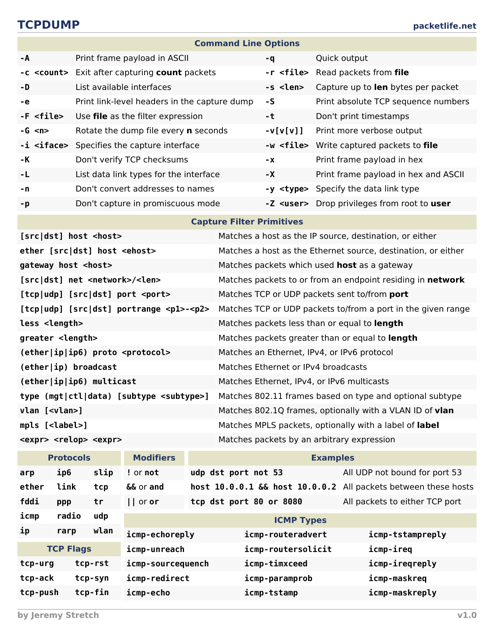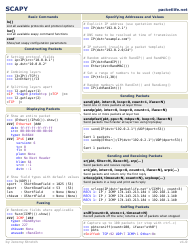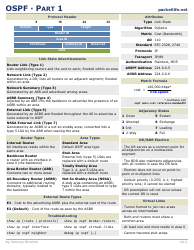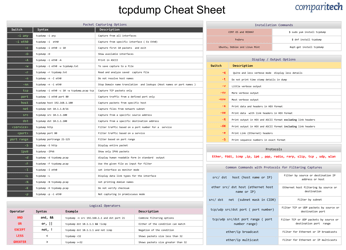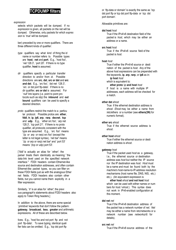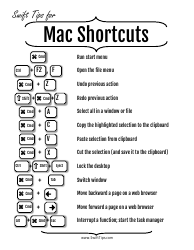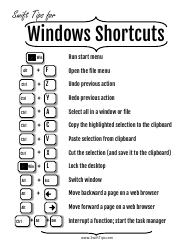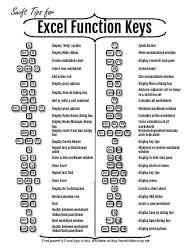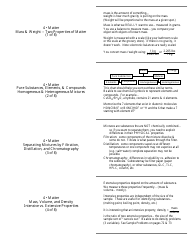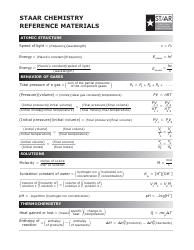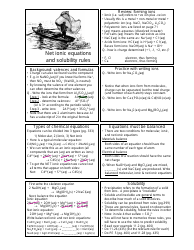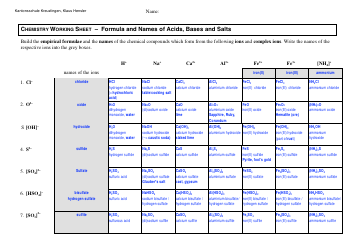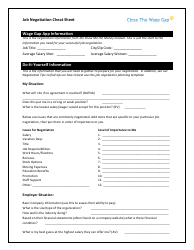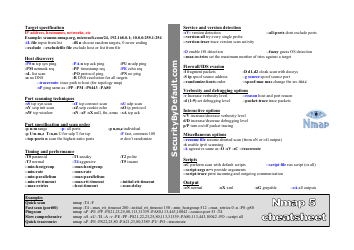Tcpdump Cheat Sheet - Jeremy Stretch
Tcpdump Cheat Sheet by Jeremy Stretch is a reference guide that helps network administrators and security analysts quickly understand and use the commands and options available in the Tcpdump tool. It provides a concise summary of Tcpdump's syntax and common use cases, making it easier to analyze network traffic and troubleshoot network issues.
FAQ
Q: What is Tcpdump?
A: Tcpdump is a command-line packet analyzer that is used to capture and analyze network traffic.
Q: How do I capture network traffic with Tcpdump?
A: You can capture network traffic using Tcpdump by specifying the network interface to listen on and optionally applying filters to capture specific packets.
Q: What are some common Tcpdump filters?
A: Some common Tcpdump filters include capturing traffic by source or destination IP address, port number, protocol, or capturing only specific types of packets (such as TCP or ICMP).
Q: How do I read a captured Tcpdump file?
A: You can read a captured Tcpdump file using the Tcpdump command with the -r option, followed by the path to the captured file.
Q: Can I use Tcpdump to capture encrypted traffic?
A: Tcpdump can capture encrypted traffic, but it will not be able to decrypt the contents of the packets. You would need additional tools or keys to decrypt the captured traffic.
Q: What are some advanced features of Tcpdump?
A: Some advanced features of Tcpdump include the ability to save captured packets to a file, perform live analysis of captured traffic using Wireshark, and the ability to filter and display specific packet fields.
